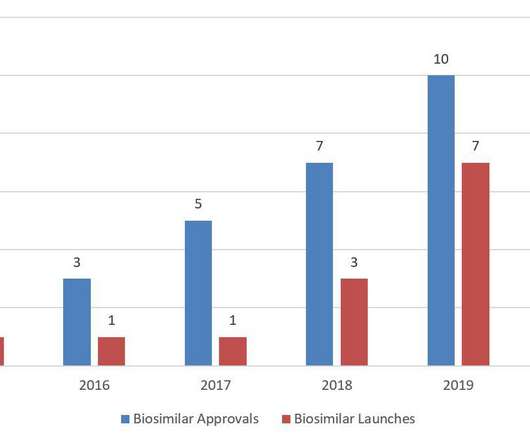Empowering Innovation: The Role of Intellectual Property in Technology Transfer
IP and Legal Filings
MAY 10, 2024
It’s the first important step towards protecting owner’s rights and its lawful public use. If IPR is not understood in technology transfer process, sharing of knowledge and invention faces legal challenges. Indian Copyright Act, 1957 – sections 30 to 32 provide for licensing. Why must an owner of IP license it?












Let's personalize your content